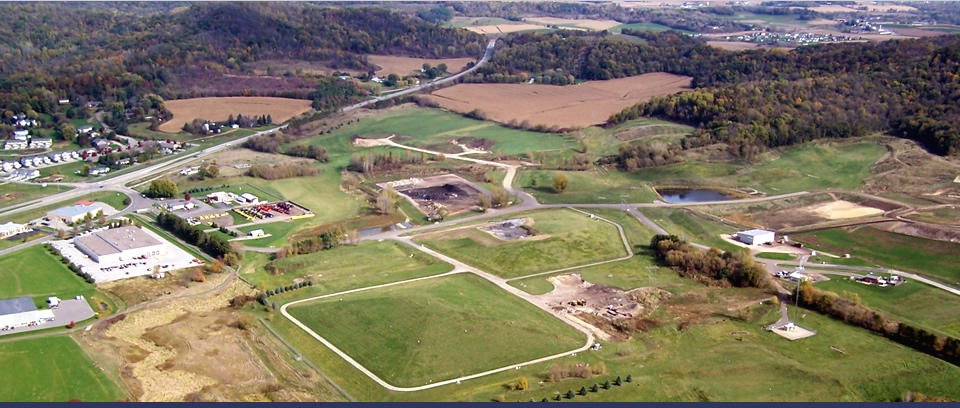National
Nearly $226M to restore open Gulf after 2010 BP oil spill

NEW ORLEANS (AP) — Federal agencies have approved nearly $226 million for 18 projects to restore open ocean and marine habitats that were decimated in the Gulf of Mexico by the 2010 BP oil spill.
The projects range from $52.6 million to study deep-sea habitats to $290,000 to find ways to keep sea turtles from swallowing or getting snagged on hooks or tangled in lines set out for miles along reefs.
They are described in a 490-page report released Tuesday.
The nonprofit Ocean Conservancy said it’s “the world’s first plan to restore the open ocean and deep-sea environment from a major oil disaster.”
“Ocean Conservancy welcomes this major conservation milestone for the Gulf of Mexico,” CEO Janis Searles Jones said in a news release.
The explosion April 20, 2010, on the Deepwater Horizon drilling rig killed 11 workers. There are varying estimates on how much oil was released. According to Ocean Conservancy, the well spewed 210 million gallons (795 million liters) of oil before it was capped 87 days later.
A federal judge tasked with determining how much oil went into the Gulf of Mexico for purposes of levying penalties ruled that 4 million barrels of oil — 168 million gallons — was released from the reservoir. Of that, 810,000 barrels of oil — 34 million gallons — was collected without touching the water and so 3.19 million barrels — nearly 134 million gallons — of oil were discharged into the Gulf. The judge said in his ruling that there was no precise way to know how much oil discharged into the Gulf.
The open ocean recovery plan was drawn up by the National Oceanic and Atmospheric Administration with help from the U.S. Fish and Wildlife Service, National Park Service, Bureau of Land Management, U.S. Department of Agriculture and U.S. Environmental Protection Agency.
The money is from BP’s $8.8 billion settlement for natural resources damage, said NOAA Deepwater Horizon program manager Rachel Sweeney.
The projects, expected to run two to 15 years, were chosen from about 1,600 submitted by the public, non-governmental organizations, as well as local, state and federal agencies.
The plan includes $126.2 million to study habitats in deep water and water between 100 feet (30 meters) and more than 490 feet (150 meters) deep. That includes $35.9 million for high-resolution mapping and analysis and $52.6 million to analyze damaged and undamaged habitats at those depths, learning more about the corals. Another $20.7 million would manage and protect corals and $16.9 million would develop techniques to grow and transplant them.
The longest-running program would spend $5.7 million to create a sea turtle atlas indicating where and when species found in the Gulf would most likely be found, and how they use various habitats. It’s among six programs, totaling $18.9 million, for sea turtles. All five species found in the Gulf are threatened or endangered.
About $22.9 million is dedicated to four programs to protect whales and dolphins.
“We will develop and implement tools and techniques to reduce risks to marine mammals from vessel collisions, ocean noise, and human-caused and natural disasters,” Laurie Rounds, of NOAA’s Office of Habitat Conservation said during a news teleconference Tuesday.
Another $57.7 million would protect fish, including $30 million for a program to distribute and promote devices that let deep-sea fish released by anglers be returned gradually to the depths where they live.
When deepwater fish are brought rapidly to the surface, gases in their organs and tissues expand. That also makes it hard for them to swim back down, making them easy prey, the report said.
“Supplying fishermen with the tools and knowledge to minimize barotrauma-related mortality would result in increased survival of fish released during recreational fishing activities,” it said.






